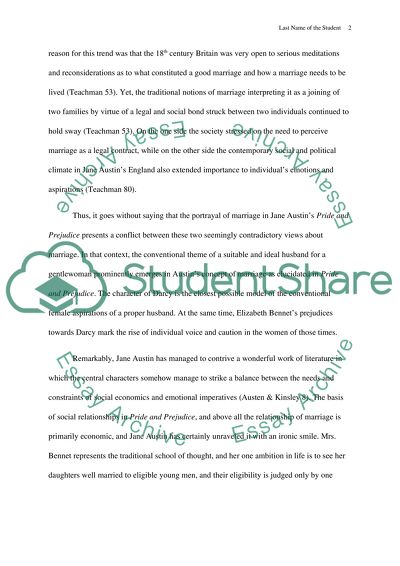Cite this document
(“Portrayal of Marriage in Jane Austin's Pride and Prejudice and William Research Paper”, n.d.)
Retrieved from https://studentshare.org/english/1430664-portrayal-of-marriage-in-jane-austin-s-pride-and
Retrieved from https://studentshare.org/english/1430664-portrayal-of-marriage-in-jane-austin-s-pride-and
(Portrayal of Marriage in Jane Austin'S Pride and Prejudice and William Research Paper)
https://studentshare.org/english/1430664-portrayal-of-marriage-in-jane-austin-s-pride-and.
https://studentshare.org/english/1430664-portrayal-of-marriage-in-jane-austin-s-pride-and.
“Portrayal of Marriage in Jane Austin'S Pride and Prejudice and William Research Paper”, n.d. https://studentshare.org/english/1430664-portrayal-of-marriage-in-jane-austin-s-pride-and.


